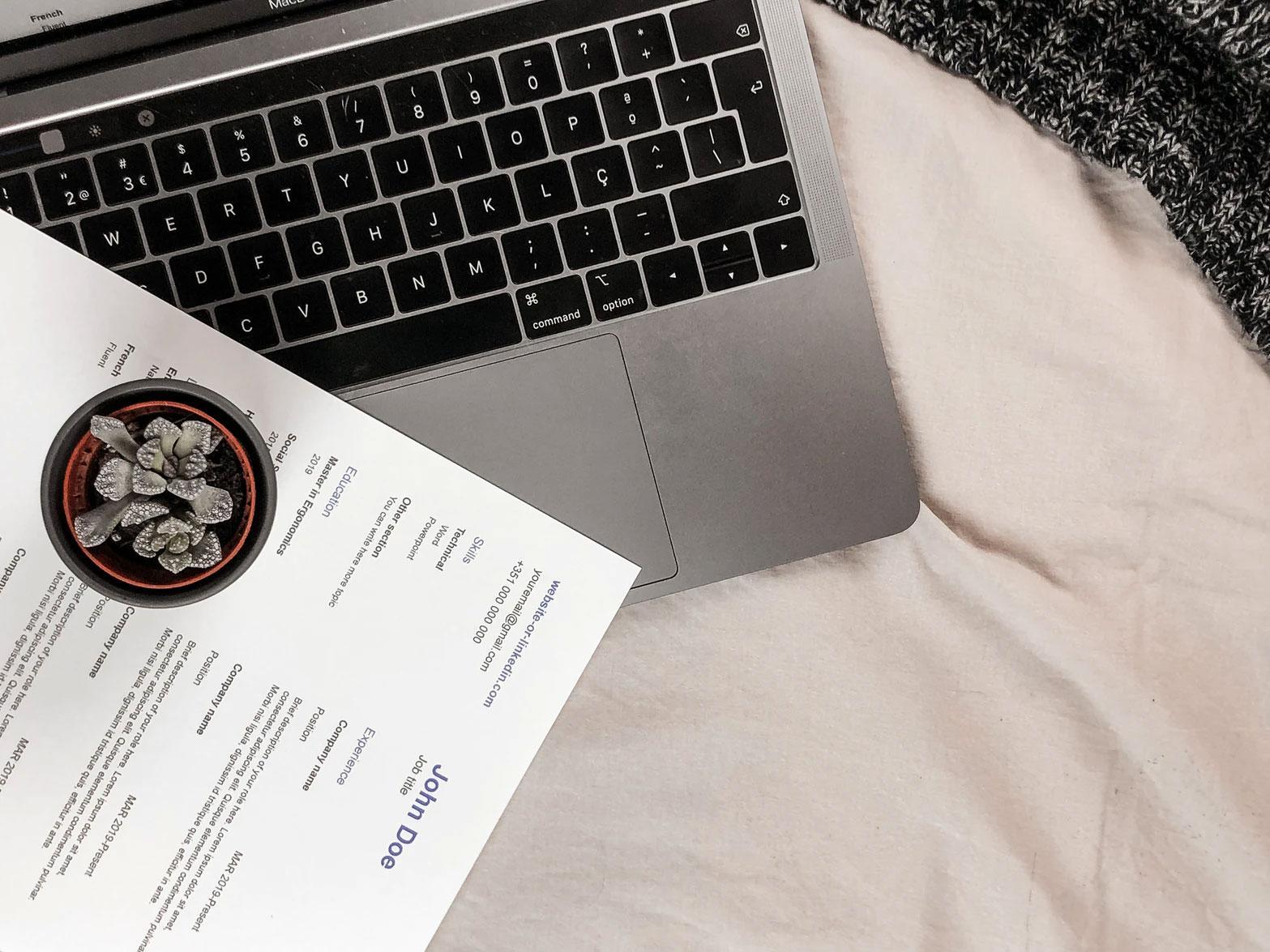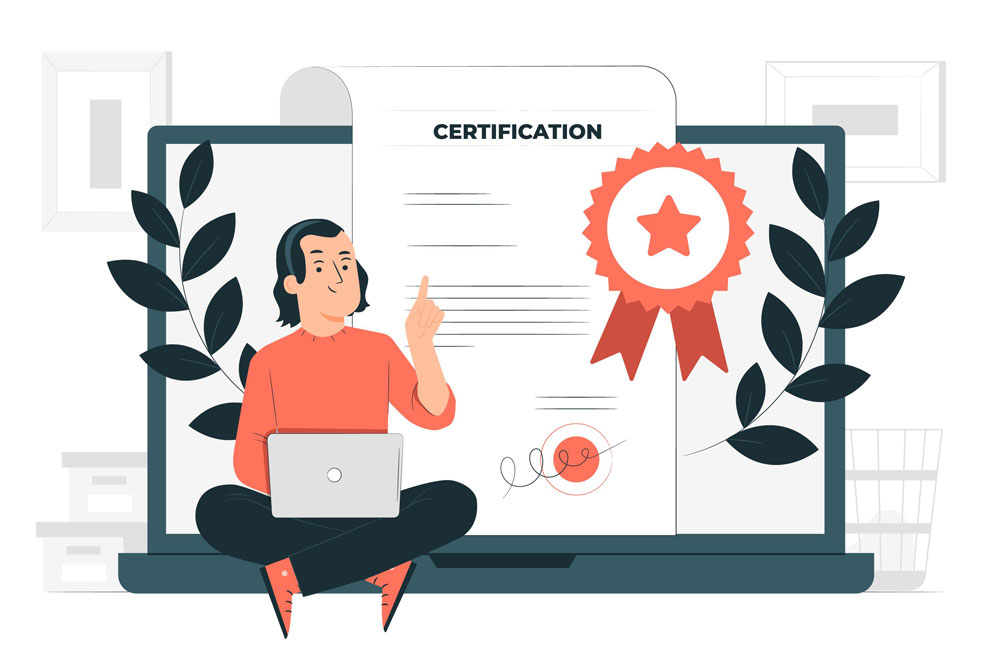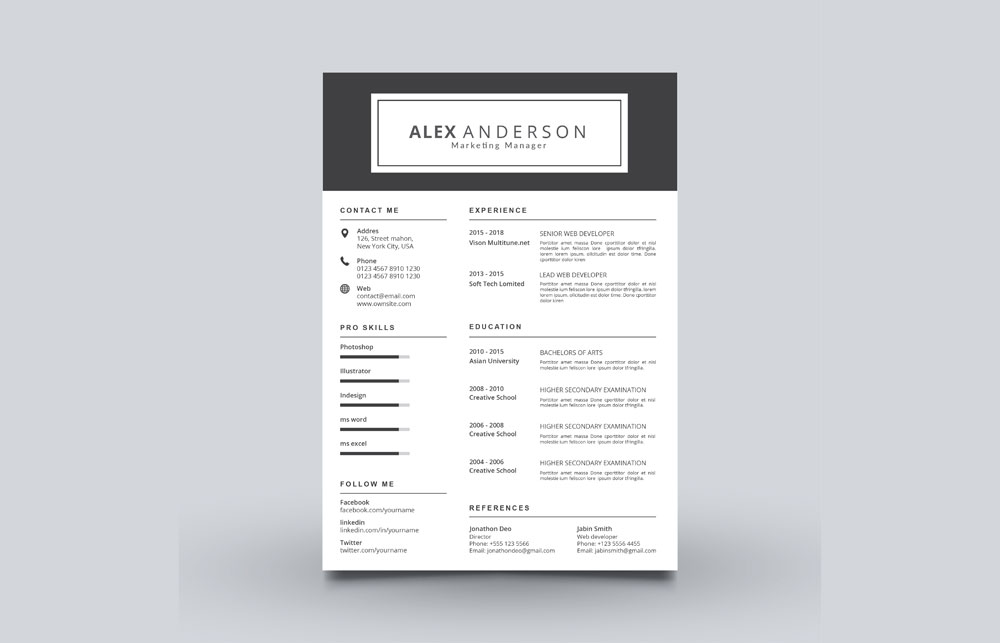Job Search: How to write resume for Job hunt

Drafting a resume is a piece of cake if you have everything you require – education certificates, experiences, awards, career objectives – with you. But, writing a resume that stands out and immediately catches the eye of the recruiter is another story. There are tips you have to follow to ensure you add everything that a recruiter is looking for in a resume.
Well, that is what this blog is all about. We are going to show you a few tips on how to write the best resume for a job search.
Before we get started let’s see how a resume differs from a CV.
A CV contains a detailed description of every aspect of your professional experience, educational background, skills, awards, etc.
A resume, on the other hand, contains just a short summary of your achievements, professional and personal skills, as well as educational qualifications.
A resume is a must-have for all job applicants. Many recruiters tend to look at the resume rather than the cover letter.
How to make a resume for your job hunt.
Let’s start with the three types of resumes.
- Chronological: A chronological resume contains your professional experiences written in a chronological order. This is where you write your work history from recent to first job. This allows recruiters to see your experiences, which will prove worthy for the position you are applying for.
- Functional: A functional resume highlights the significance of your past experiences with the one you are applying for. This will include your experiences, skills, roles and responsibilities, etc. This is the best resume for those who are looking for the same position in a different organization.
- Combination: A combination resume is when you combine a chronological and functional resume together. This means you will be adding your detailed work summary and skills in a chronological order. As the resume focuses on your experiences and skill sets, recruiters are more inclined to look closer to it.
What Should be the Structure of resume
Header: The header goes on the top of the page and preferably must include your contact information and links to your professional social media profiles. Add your mobile phone number, e-mail address and home address. This will let the recruiters know that you are always available to be contacted and that you are eagerly waiting to hear from them.
Heading Statement: A heading statement can be either a career objective, which highlights your skills and career goals, or a professional summary, which contains what your skills and experiences could do for the betterment of the organization. It should tell the recruiter why you would be a perfect match for the position.
Skills: This is the section where you list out all the skills you have. List them out in bulletin points so that the recruiters would be able to view it easily.
Work experience: It is important that your work experience contains the names of the companies you have worked for, location, the position you have held, roles and responsibilities, as well as date of joining and leaving. This will be the most informative way for recruiters to see.
Educational background: Your academic qualifications are required in resumes because some positions require certain degrees and certifications. You don’t have to be descriptive here. All you need to add are your degree, year of passing, institutions’ names and locations.
Additional information: In this section, you could add any certificates you have acquired or any volunteer experience you may have. List your achievements and rewards here to let the recruiter know that you are an all-round person.
What Should be the Format of a Resume:
- Choose a font that can be easily read such as Georgia, Calibri or Helvetica.
- Ensure that the margins are 7 inches minimum.
- The font size should be 11 pt. and above.
- Do not go overboard with the designs. For eg; Color coding every section will only make it look juvenile.
- A resume should be 2 pages at most.
- Make sure the spaces between sections are the same.
- There are some applicant tracking systems that read PDF files as images when scanned. So, avoid saving your resume in a PDF format.
Well, now that you have the types, order and format for writing an effective resume, go get yourself the job of your dreams.
We will leave you here with our best wishes.
Search Articles
Categories
- 54
- 19
- 6
- 161












